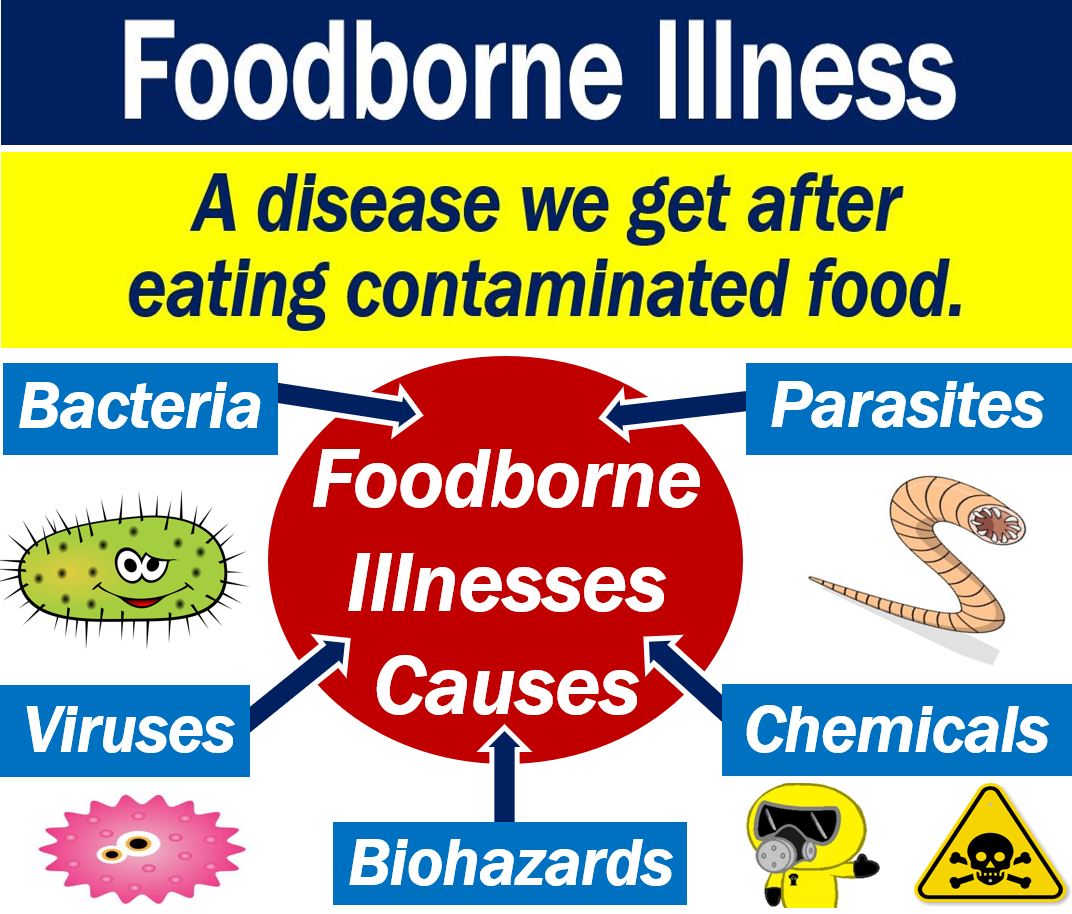EU: Resistance levels still high in bacteria causing foodborne infections
A sizeable proportion of Salmonella and Campylobacter bacteria is still resistant to antibiotics commonly used in humans and animals, as in previous years, says a report released today by the European Centre for Disease Prevention and Control (ECDC) and the European Food Safety Authority (EFSA).
In humans, high proportions of resistance to ciprofloxacin, an antibiotic commonly used to treat several types of infections, were reported in a specific Salmonella type known as S. Kentucky (82.1%). In recent years, S. Enteritidis resistant to nalidixic acid and/or ciprofloxacin has been increasingly reported in several countries. The increasing occurrence of fluoroquinolone and/or quinolone resistance in these types of Salmonella probably reflects the spread of particularly resistant strains.

In Campylobacter, resistance to ciprofloxacin is now so common in most countries that this antimicrobial has limited use in treatment of Campylobacter infections in humans.
However, the report also includes some positive findings:
a. Over the period 2015-2019, a decline in resistance to ampicillin and tetracyclines has been observed in Salmonella isolates from humans in eight and eleven Member States respectively.
b. A decreasing trend has also been observed in the prevalence of extended-spectrum β-lactamase (ESBL)- producing E. coli in samples from food producing animals from 13 Member States between 2015 and 2019. This is an important finding as particular strains of ESBL-producing E. coli are responsible for serious infections in humans.
c. Combined resistance to two critically important antimicrobials – fluoroquinolones and third generation cephalosporines in Salmonella and fluoroquinolones and macrolides in Campylobacter – remains low. These critically important antimicrobials are commonly used to treat serious infections from Salmonella and Campylobacter in humans.
d. The rate of E. coli bacteria in samples from food producing animals that respond to all antimicrobials tested also increased. This was observed in nine Member States over the period 2014-2019.







